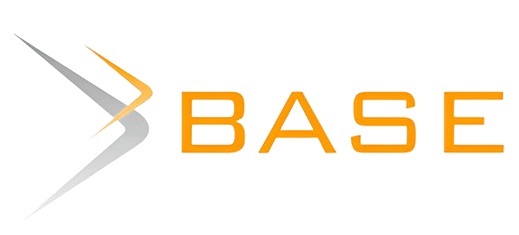Evolving students’ learning habits from books to robotics: A case of college of business education, Dar es Salaam Campus, Tanzania
Keywords:
AI-powered Tools, Learning Habits, Robotics, Robotic Tools, Technology AdoptionAbstract
The use of robotics and Artificial Intelligence (AI)-powered conversational tools is quickly transforming the way education operates, especially at the higher learning level. This research examined how these innovations are being adopted at the College of Business Education (CBE) in Dar es Salaam and investigated their influence on students’ academic outcomes and learning patterns. The study was guided by the Technology Acceptance Model (TAM), which explains how perceptions of ease of use and usefulness affect the adoption of technology, and by Cognitive Load Theory (CLT), which highlights the importance of controlling mental effort in the learning process. A mixed methods approach was applied, bringing together survey data from 389 respondents chosen through stratified and simple random sampling along with qualitative insights collected from interviews. The study gathered information through structured questionnaires and detailed interviews. Quantitative data were analyzed using SPSS, while qualitative responses were examined through thematic analysis. Findings showed that students who had access to robotics tools demonstrated higher levels of engagement, stronger motivation, and better academic performance. The main factors that encouraged adoption included ease of use, the ability to adapt to individual learning styles, and the support provided by the instructors. Students especially appreciated the interactive and personalized learning environments made possible through robotics, as these enhanced their overall learning experience. However, the study also pointed out important challenges. Serious concerns remain regarding limited access, especially for students from less privileged backgrounds, and the possibility of becoming overly dependent on technology. These challenges bring up questions about digital equity and the potential decline of independent learning abilities. The study suggests that access to robotics technologies should broaden, provide focused training for both students and instructors, and officially weave robotics into the curriculum. It is essential to adopt a steady approach that takes advantage of robotics while still honoring traditional teaching methods. Striking this balance is key to helping students grow into independent, critical thinkers. The study provides important insights for using robotics effectively and fairly in higher education, especially in developing countries.
Published
How to Cite
Issue
Section
Copyright (c) 2025 Deogratias Masepo, Shima D. Banele

This work is licensed under a Creative Commons Attribution-NonCommercial 4.0 International License.
Most read articles by the same author(s)
- Revocatus Sospeter, Shima Dawson Banele, Passengers with disabilities encountered challenges in the bus rapid transit (BRT) system: A case study of Dar es Salaam Rapid Transit (DART), Tanzania , African Journal of Empirical Research: Vol. 6 No. 4 (2025): Oct-Dec 2025























